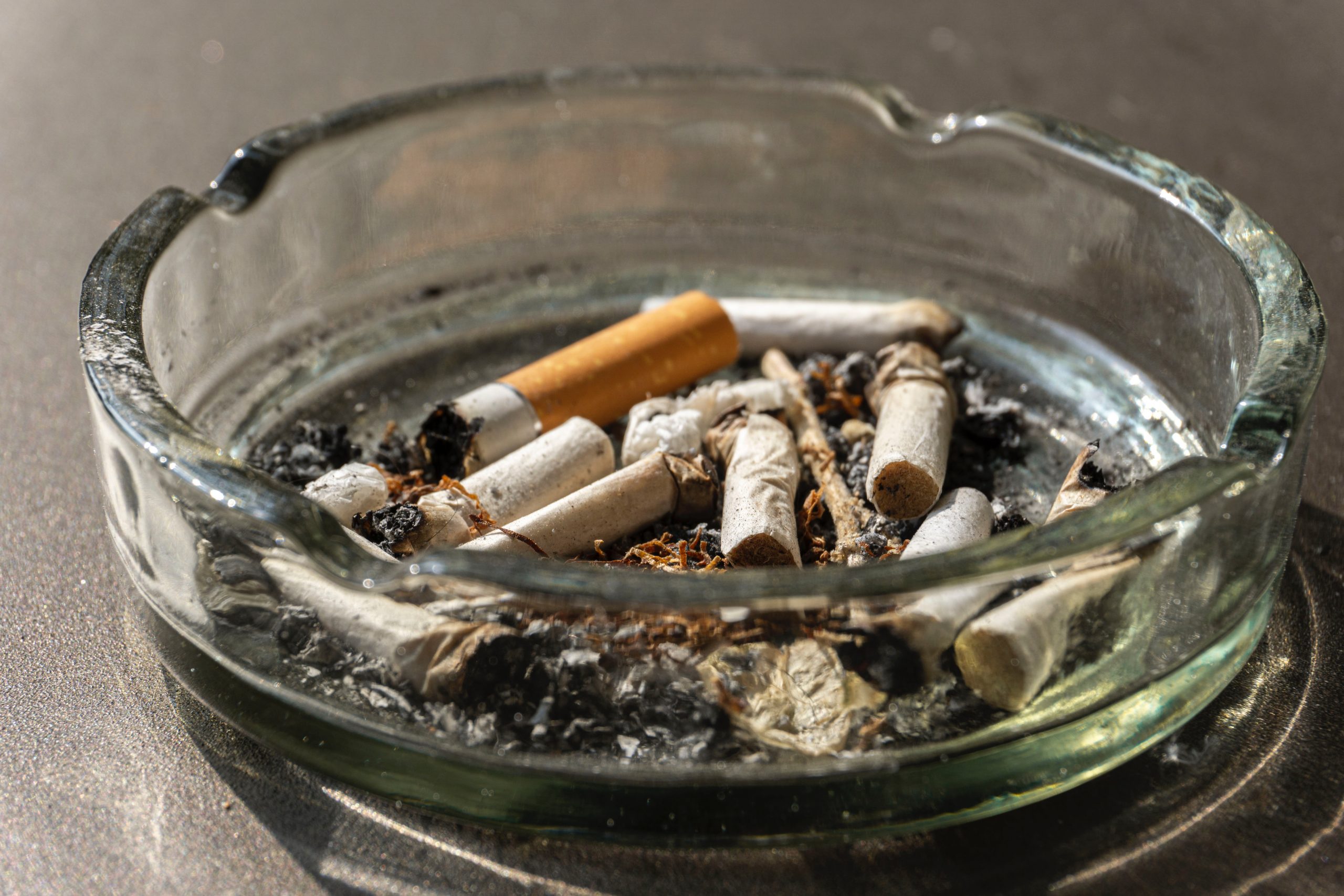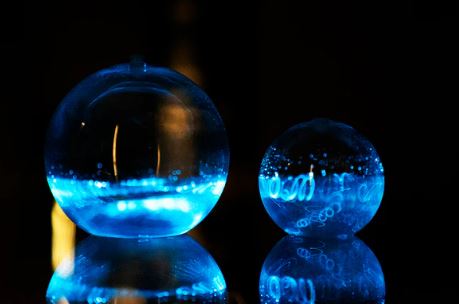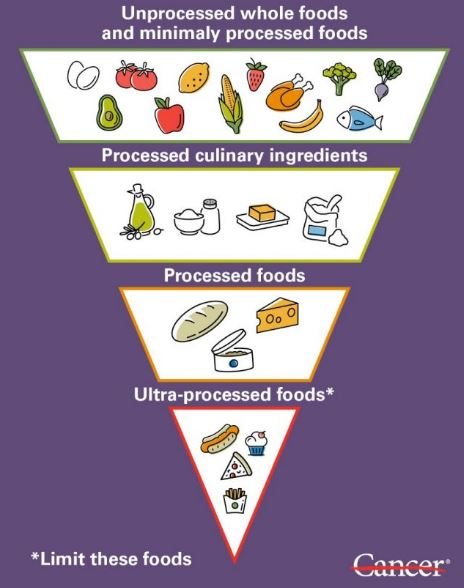What is Third-Hand Smoke? Is it Dangerous?
What is Third-Hand Smoke? Is it Dangerous?
Smoke smells take a long time to dissipate. I have bought wooden furniture, clothing, an SUV, and a couch from smokers (with months to years between these purchases) and I remember thinking at the time, this is not too bad. This thought probably occurred after my sense of smell had already been deadened in the smoker’s home. Then, I put the item in my car (or drove the SUV home) and thought, Ok, I just need to air it out well. Then, I got to my non-smoking home and realized WOW! It was bad. What do I need to do now? Throw it out? I gave the couch away to another smoker, but I managed to "salvage" the other things. That was before I knew about the dangers of third-hand smoke.
For someone who is conditioned to recycle and reuse, throwing an item away may seem like an extreme measure, but you should consider what is making the smell. It’s called third-hand smoke. Smoke released in a room or car contains toxic chemicals like nicotine that cling to and penetrate walls, clothing, upholstery and other surfaces (mayoclinic.org). Results of a study published in 2010 found that when this nicotine reacts with nitrous acid in the air, it forms carcinogens, which are compounds that can cause cancer. (health.clevelandclinic.org) It’s not clear how much damage third-hand smoke does to our bodies, but it can cause DNA breaks and is thought to be more dangerous to children. Clearing third-hand smoke is not as easy as wiping down and airing out the item, because the “off-gassing” may occur over years.
Sadly, we often have clients who need help dealing with smoke clean-up. Here are some examples of how to clean smoke-contaminated items:
Ozone generators: Ozone is a proven way to remove smoke from surfaces and even within soft furnishings. For years, hotels and auto detailers have relied on ozone generators to remove smoke from hotel rooms and cars quickly (in a matter of hours). Because there are three oxygen atoms in an ozone molecule, it is unstable, and the extra oxygen molecule will break away and bind to other molecules, converting them to safer, less odorous molecules. In the high concentrations that are needed to remove smells, the EPA warns that ozone can cause damage to our health, plants, rubber, electrical wire coatings, fabrics, and the dyes and pigments in some artwork. Therefore, it’s not safe to breathe and should only be used for 2-4 hours and then the space sealed off for some time before ventilation (up to several days for maximum effect). (It’s tough to get rid of cigarette smells, but an ozone treatment can do it)
To get the most effectiveness out of the ozone treatment, all surfaces in the room or car should be thoroughly cleaned first, then you can use an ozone generator like this one to finish the smoke removal in small spaces. The end of this video describes the safe use of the ozone generator in a car.
Vehicles: Like couches and furniture, seat cushions don’t give up the smell very easily. Here is an excellent video that recommends Citrol 266 used in a specific way to remove smoke permanently from fabric (but it's NOT for use on plastics).
It’s important to realize that when the car ventilation is running, smoke can pollute the cabin air filter. It’s best to replace the filter with a new one.
If the item is small and relatively inexpensive, you could consider tossing it and accepting the loss. However, whole homes can be contaminated with third-hand smoke, and although costly, rehabilitation is quite possible.
- Carpeting and drapery is sometimes successfully cleaned with Citrol 266 at a 10:1 dilution (see video for application tips–don’t use on wood or plastics), or by using an ozone generator. If not, these soft items should be removed and discarded because the chemicals from the smoke have penetrated to the padding, which is not accessible.
- If removing and replacing the drywall is not an option, walls can be painted to seal in the odor by carefully cleaning and priming them before painting. This article gives advice from a professional painter on painting smoke-impregnated walls. He lists one non-toxic degreaser (Krud-Kutter), with an alternative more toxic one (TSP). We would add that Earth Clean is an excellent non-toxic de-greaser that can be used on many other surfaces in the home even after the smoke is gone; the strength is customizable by adding water. The primer (BIN) solvent completely evaporates and can be covered by any low-VOC paint.
- Ceilings can easily be overlooked, but they are just as (or more) smoke-absorbent than the walls! If the ceiling is a popcorn ceiling or other decorative finish that is easily damaged by water and scrubbing, it's best to get professional help to remove it and resurface the drywall. Often popcorn texture was used to hide bad taping and floating jobs so you'll need help to get the ceiling looking good without this camouflage.
- Hidden in your walls, ventilation ducts can hold a lot of third-hand smoke. Particularly, the evaporator coil can trap dust and toxins, and is best cleaned by a technician (they can actually remove and clean it chemically). This is different from cleaning the ducts alone. If the ventilation ducts are internally insulated with fiberboard, this material is very difficult to clean safely, and the ducts may need to be replaced or encapsulated (sprayed with a coating that traps the toxins and prevents their release into the air).
- If you can clean the flooring with water and cleaner, it may take several rinses to get all of the nicotine and residual chemicals from the surface. Vinegar can be helpful in this process, but again, non-toxic Earth Clean will lend professional strength to the job. If the flooring cannot be cleaned by water, such as hardwoods, you can seal it with a number of safer products (see this article). Professional remediation is possible but may require chemical stripping or sanding, which can release a lot of PM and VOCs. As a last resort, you may need to budget flooring replacement!
- Finally, the insides of cupboards, undersides of tables, backsides of bookcases, insides of closets and mattresses are all overlooked places that smoke can hide. Solid wood cupboards and furniture can be cleaned using Earth Clean also, but particle-board cupboards and furniture is likely to harbor even more smoke, and cleaning these with loads of water risks them soaking up water and becoming moldy. These places may be hard to clean but likely have a significant smoke reservoir. If you can, adding a coat of sealer or primer (Earthpaint has a number of non-toxic sealers and primers) will finish the job.
It's all about thinking hard about where those wisps of smoke went and then going on a "seek and destroy" mission to eliminate them!
Photo by Daniele Fotia on Unsplash






